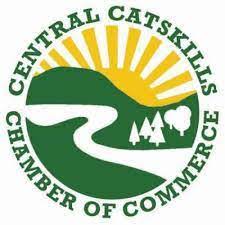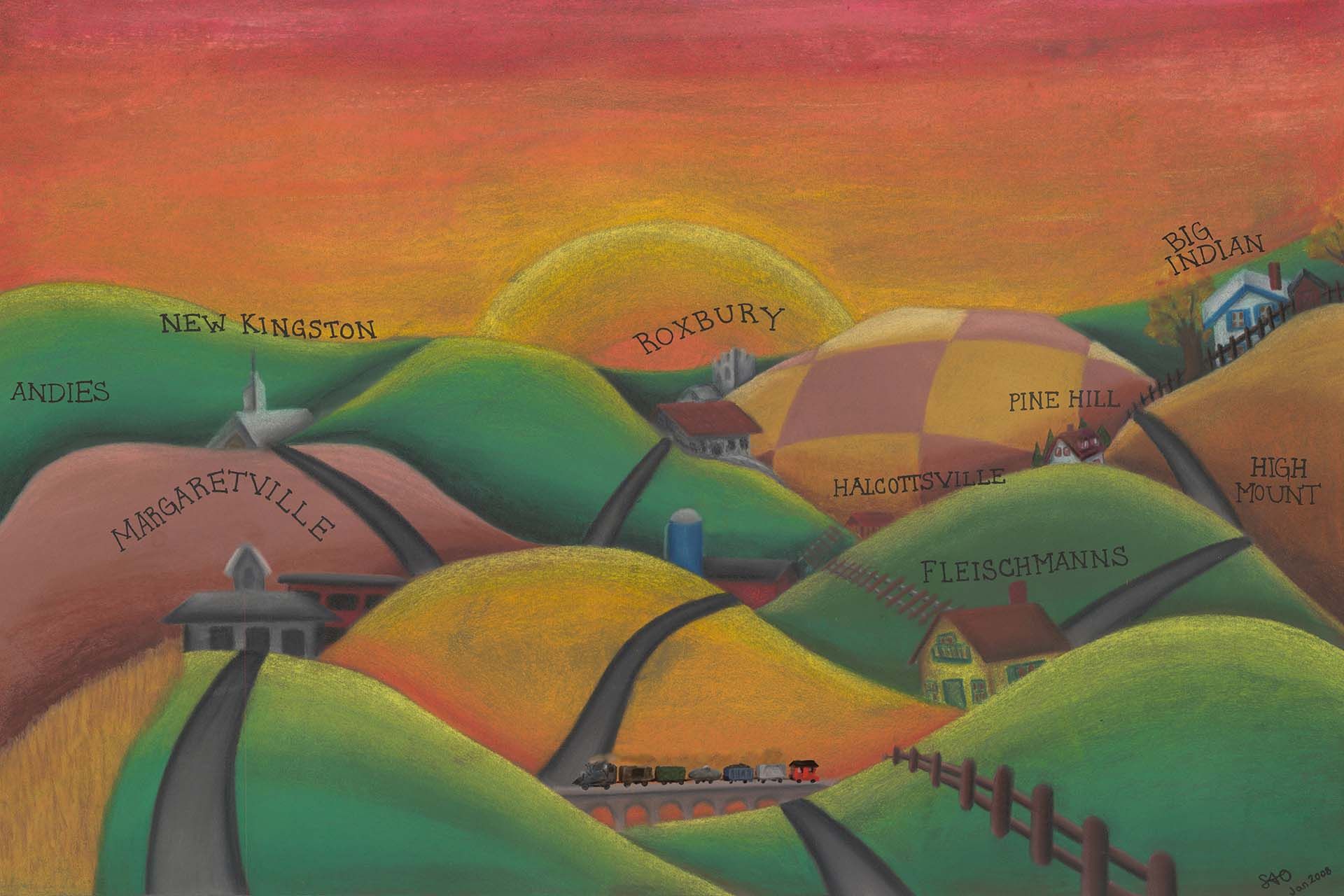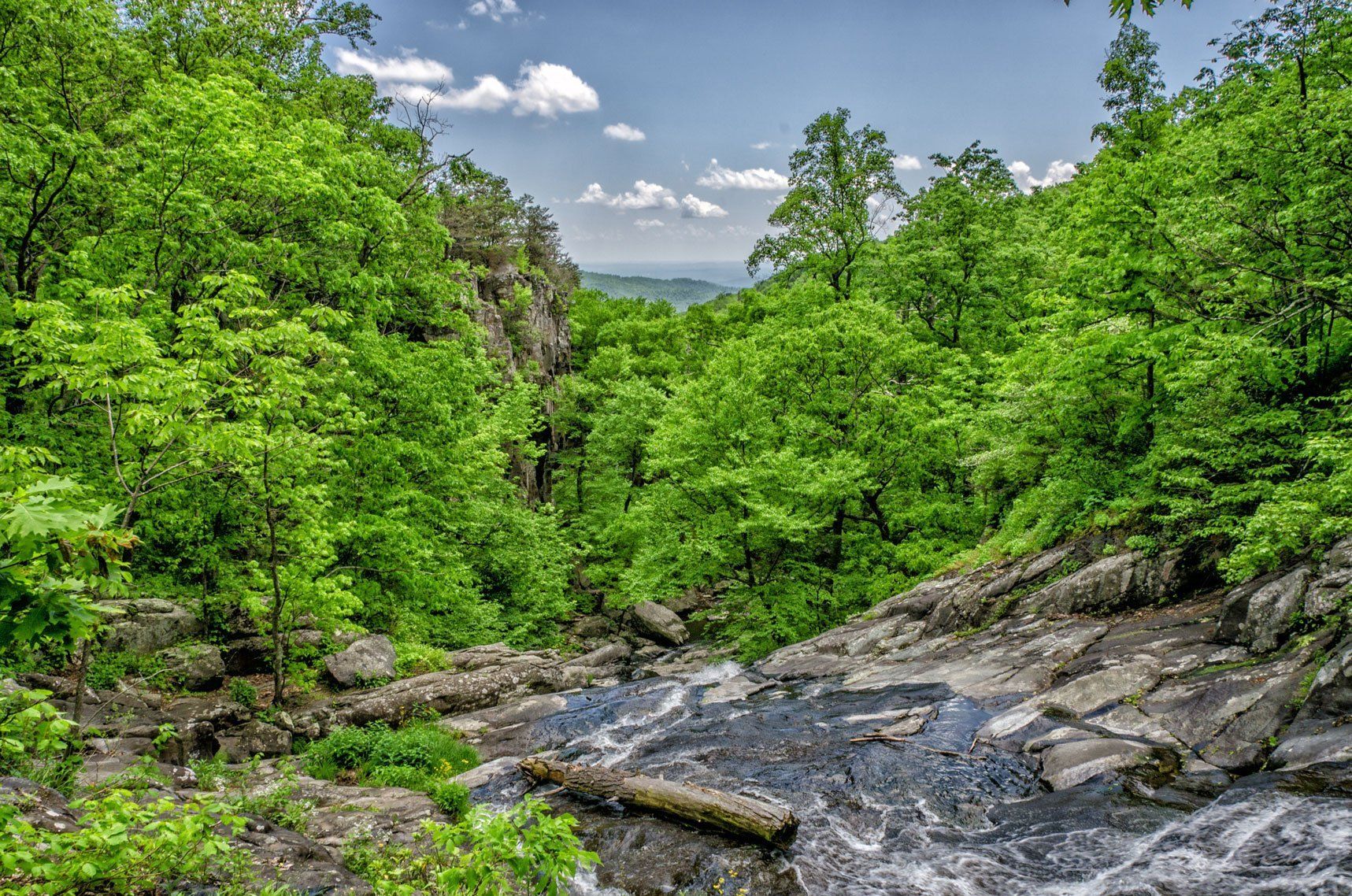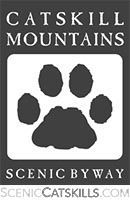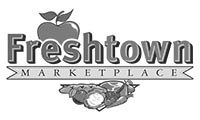New Paragraph
Central Catskills Collaborative
The CCC is a group of representatives from seven municipalities along the NYS Route 28 Corridor. This intermunicipal coalition formed to protect and promote the assets of the corridor and advance projects for the economic benefit of the Central Catskills Region. In 2008, each municipality adopted a resolution and designated two members to the Collaborative to begin a regional dialogue. Member municipalities are the Towns of Hurley, Olive, Shandaken, Middletown and Andes, and the Villages of Fleischmanns and Margaretville, covering more than 50 miles of Route 28.
Resolution for the Central Catskills Collaborative
WHEREAS: New York State Route 28 is the major thoroughfare of the Central Catskill Mountains offering the traveler a unique experience of mountain scenery and clear waterways, complemented by historic hamlets -- and it is this combination of resources that gives the region much of its scenic and community character and is vital to the region’s economy;
WHEREAS: Route 28 passes through the heart of Catskill Park, a resource created by an act of the State Legislature in 1904 and now encompassing approximately 700,000 acres, about half of which are lands of the Forest Preserve and held in the public trust;
WHEREAS: Much of the land in the Central Catskills lies in the New York City Watershed and provides unfiltered drinking water to some 9 million New Yorkers and the historic Memorandum of Agreement has enabled a series of partnership programs to further the mutual goals of watershed protection and environmentally sensitive economic development;
WHEREAS: The State of New York recognizes the importance of local governments and has committed to providing $500,000 for a Central Catskill Mountains Smart Growth Program to support improvement projects that retain the vibrancy of the hamlets, villages, and town centers along the Route 28 Corridor, specifically in the Towns of Andes, Middletown, Olive, and Shandaken, and the Villages of Fleischmanns and Margaretville;
WHEREAS: These six Central Catskills municipalities share many of the region’s unique resources and can mutually benefit by exploring cooperative approaches, engaging in intermunicipal discussions and identifying collective strategies and actions that support and enhance such shared resources;
WHEREAS: Numerous studies, reports, and conferences have focused on the Central Catskills and encouraged and promoted intermunicipal and regional planning, marketing, and development; and further, these efforts have put forth numerous recommendations, which have not been fully realized;
NOW, THEREFORE, BE IT RESOLVED: In the spirit of cooperation, we the undersigned commit to working within the Central Catskills Collaborative (or other mutually determined name) through a bottom-up process that builds on local goals and objectives and engages in a regional dialogue focused on protecting and promoting the scenic, cultural, historic, and economic well being of the Route 28 Corridor and the Central Catskills;
BE IT FURTHER RESOLVED: The signatories understand the Collaborative may conduct such activities, including but not limited to, identifying and pursuing specific actions to provide better access to natural and cultural resources; exploring design guidelines, signage coordination and incentives to preserve scenic character; utilizing joint marketing approaches and funding mechanisms to support qualified economic development; and incorporating advisory members, including individuals with related interests and/or individuals from groups such as chambers of commerce, public agencies, not-for-profit organizations, and other local governments;
BE IT FURTHER RESOLVED: The signatories understand that passage of this resolution does not bind the undersigned municipalities in any way other than the above stated commitment;
BE IT FURTHER RESOLVED: The (Town/ Village of ______________) will designate two members (one regular and one alternate) to serve on the Collaborative and the names of these designees will be made within one month of the passage of this resolution;
BE IT FURTHER RESOLVED: Upon the formation of a Central Catskills Collaborative the Catskill Center for Conservation and Development will, on a regular basis, convene the group and facilitate the regional dialogue and next steps, as identified by the Collaborative.
IN WITNESS HEREOF: I (official representative of respective municipality) certify that the above resolution was duly passed by the (village/ town board of the respective municipality) on this of [day/ month/year].
(This resolution has been adopted by the elected bodies of the Towns of Olive, Shandaken, Middletown, and Andes, and the Villages of Fleischmanns and Margaretville.) (The Town of Hurley did not fall under the State’s Central Catskills Smart Growth Program and joined the CCC by passing a similar resolution).
Members of the Central Catskills Collaborative
Town of Hurley
Kate Hyman, Town Council
Alternate: Melinda McKnight
Town of Olive
Helen Chase, Town Council (Collabrative Chair)
Alternate: Robert Selkowitz, Artist
Town of Shandaken
Doris Bartlett, Town Council
Alternate: Bruce Barry
Town of Middletown
Brian Sweeney, Town Council
Alternate: Diane Galusha
Village of Fleischmanns
John Duda
Alternate: Peggy Kearney
Village of Margaretville
Fred Miller, Village Trustee
Alternate: Carol O'Beirne
Town of Andes
Alex Adelson, Planning Board Member
Alternate: Martin Donnelly, Town Supervisor
Advisory Members of the Central Catskills Collaborative
New York State Department of Environmental Conservation
Willie Janeway, Region 3 Director
Gene Kelly, Region 4 Director
New York State Department of Transportation
Carlos Basauldo, Acting Landscape Architect, Region 9
Rich Peters, Planning and Program Manager, Region 8
Delaware County Planning Department
Niclole Franzese, Director
Ulster County Planning Department
Dennis Doyle, Director
Ulster County Transportation Council
Bill Tobin, Principal Transportation Planner
Catskill Mountain Railroad
Harry Jameson
Catskill Revitalization Corporation (includes Delaware & Ulster Railroad)
Dave Riordan, Executive Director
Central Catskills Chamber of Commerce
Carol O'Beirne, Executive Director
Catskill Mountain Club
Aaron Bennett, Outings Chair
New York City Department of Environmental Protection
(As needed / Alternates)
Adopted Recommendations
- Improving interpretation of and access to the Catskill Forest Preserve;
- Greater CCC participation in rail corridor revitalization;
- Pursuing inter-municipal funding opportunities;
- Engaging educational institutions to assist the CCC in its objectives;
- Maintaining regular communications with State agencies (e.g., the Department of Environmental Conservation and the Department of Transportation);
- Implementation of established recommendations from planning documents and
- Further exploration of the creation of a Scenic Byway for Route 28.
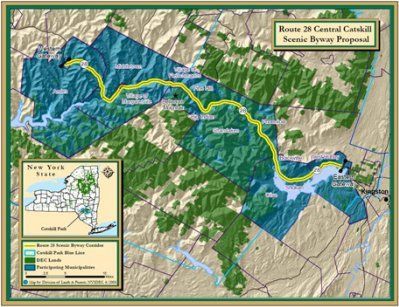
Central Catskills Collaborative Activities
Scenic Byway Vision– In April 2009, the CCC was awarded a grant of $50,000 from the Catskill Watershed Corporation to support the development of a Corridor Management Plan for a Route 28 Scenic Byway nomination. A Scenic Byway is an environmentally responsible economic development tool that protects and promotes a corridor's resources while enhancing the travelers' experience. A Corridor Management Plan is the key document that organizes the effort and gets submitted to New York State for review.
To view the press release, click here.
To view the slides from the kickoff meeting, click here.
Scenic Byway Vision, click here.
Rail Corridor Revitalization – The corridor is home to two successful tourist trains: the Delaware & Ulster Railroad and the Catskill Mountain Railroad. These attractions are separated by portions of unused corridor and are separated from the City of Kingston. The CCC sees the economic potential of increased rail and/ or trail use and supports integrated actions to realize new opportunities.
Building Community – The CCC strives to create settings that encourage a dialogue among a diversity of individuals and interest groups who share a positive attitude toward regional thinking and action. Member communities partner with a variety of organizations and individuals to host meetings on a diversity of corridor related topics.
Smart Growth
The Central Catskills have retained the beauty and charm that have attracted visitors and residents to the region for generations. The qualities and patterns of this landscape – the closely knit hamlets with their mixed uses, sidewalks, and historic architecture; the surrounding forests and clean waterways with their recreational opportunities; and the open, rolling farmland – exhibit many of the principles of “smart growth”. Smart-growth principles and actions are used by land-use planners to assist communities in keeping their “sense of place” and offsetting the effects of suburban sprawl. Terms related to smart growth include “quality communities”, “traditional neighborhood development”, and “new urbanism.”
In recognition and support of the special qualities of the Central Catskills Region, the NYS Department of Environmental Conservation has made $500,000 available for capital improvements to communities along the Route 28 Corridor, from the town of Olive to the town of Andes. (www.dec.ny.gov/pubs/37874.html). The six communities have proposed projects that will enrich the hamlets and interpret the area’s unique resources. In coming together to form the Central Catskills Collaborative and work as a team, the communities are exercising another important tenet of “smart growth”: intermunicipal cooperation.
Numerous plans and studies have been produced for the Central Catskills Region and the Route 28 Corridor. Many of the documents have similar findings and emphasize the importance of partnerships to accomplish the recommendations.
- Route 28: Scenic Road Study.
- Tourism Development Plan for the Central Catskills.
- Land Use Dynamics in a Catskill Corridor.
- Catskill Gateway Conservation Study: A Design Strategy for Land Protection.
- Catskills Access: A Study of Accessibility to State Forest Preserve Lands and to Recreational and Water Resources along Route 28.
- Catskill Gateway Development Program.
- Ulster and Delaware Railroad Corridor Trail Feasibility Study.
- Catskill Forest Preserve Public Access Plan.
- Catskill Park State Land Master Plan.
Central Catskills Regional Studies and Plans
Route 28: Scenic Road Study. Huang, Chang-Shan. Department of City and Regional Planning. University of Pennsylvania. Philadelphia, PA. Copyright 1991 by the Catskill Center for Conservation and Development. 38 pages.
- Assessment of the scenic, cultural, historical and natural features of the Route 28 Corridor in Delaware County. Recommendations for encouraging agricultural land use, developing design guidelines, and encouraging adaptive reuse of historic structures.
Tourism Development Plan for the Central Catskills. Central Catskills Planning Alliance. November 1998. 130 pages, with appendices.
- Undertakes a market analysis and puts forth development policies; recommends land use design patterns, implementation and environmental protection techniques.
Land Use Dynamics in a Catskill Corridor. Adams, Matthew; DeGloria, Stephen; Smith, Stephen. Final Report to the Ulster County Planning Board and the Catskill Center for Conservation and Development. CLEARS, Cornell University. December 1990. 34 pages
- Land use classification and analysis of the Rte. 28 corridor (3000' width) in Ulster County.
Catskill Gateway Conservation Study: A Design Strategy for Land Protection. Huang, Chang-Shan. Department of City and Regional Planning. University of Pennsylvania, Copyright 1990 by the Catskill Center for Conservation and Development. 66 pages.
- Uses a landscape ecology approach to address protection of water resources and scenic resources, improve wildlife habitats, and encourage sustainable economic development, especially tourism and recreation.
Catskills Access: A Study of Accessibility to State Forest Preserve Lands and to Recreational and Water Resources along Route 28. Berg, Tricia; Harmon, Natasha; Mullaney, Maureen; Sanford, Whitty. Regional Planning Forum, University of Massachusetts.
Focuses on accessibility issues with public and private recreational resources; identifies needs, including better connections between the Region’s communities and the Catskill Park and need for better tourism information.
Catskill Gateway Development Program. Cambridge Seven Associates, Inc., Cambridge, MA; Economics Research Associates, Boston, MA. April 1981.
- Presents a gateway development program based on a “linear park” concept that develops the historic rail corridor through historic train service and tourism amenities and better connects the Catskills and Kingston.
Ulster and Delaware Railroad Corridor Trail Feasibility Study. Alta Planning and Design. Draft: October 2005. Presented to the Ulster County Transportation Council.
- Analyzes the feasibility and potential costs for the phased implementation and maintenance of a trail system within the corridor right-of-way from Kingston Point Park on the Hudson River to the Belleayre Mountain.
Catskill Forest Preserve Public Access Plan. New York State Department of Environmental Conservation. August 1999.
- A detailed action plan designed to enhance the experiences of Catskill highway travelers, increase their understanding of the Catskill Forest Preserve, and
encourage cooperation between public and private sectors in enhancing the use, enjoyment and protection of the forest preserve.
The Catskill Corridor Study. 1991. Comeau, Celeste; Dodge, Karen; Mansfield, Darrow; O’Neill, Gregory. Sponsored by M-ARK Project, Inc. Focuses on the section of Route 28 between Arkville and Margaretville; involves 94 businesses in a survey; develops guidelines for growth; sets 13 recommendations.
East Branch Delaware River Stream Corridor Management Plan. September 2007. Delaware County Soil and Water Conservation District and Planning Department in cooperation with New York City Department of Environmental Protection.
- A two-volume stream-corridor and watershed protection plan for the basin above the dam of the Pepacton Reservoir. Driven by an inter-agency and inter-community advisory team, it contains 17 recommendations.
Upper Esopus Creek Management Plan. 2007. Ulster County Cornell Cooperative Extension, NYC Department of Environmental Protection, and inter-agency/ community advisory committee. Involves local citizens and leaders in prioritizing actions and recommendations for long-term stewardship of the stream corridor. (www.esopuscreek.org)
Catskill Park State Land Master Plan (DEC) www.dec.ny.gov/lands/43013.html
Ulster County Non-Motorized Plan (Draft)
Guidelines for Highway Facilities within the Catskill Park. NYS Department of Transporation. 1999 (Draft). (document available here)
This list is not exhaustive and does not include local comprehensive plans, Community Empowerment Initiatives, or summaries of regional conferences. As resources allow, we will post electronic versions of documents and add citations and links for other plans and studies. Most of the above referenced documents are available for review at the Catskill Center for Conservation and Development. For more information, please contact Peter Manning, Regional Planner, at (845) 586-2611.
Meeting Notes
All CCC meetings are open to the public.
October 22, 2009 (Pine Hill Community Center)
September 24, 2009 (Catskill Center, Arkville)
Speaker: Peter Manning, Catskill Center
August 27, 2009 (Catskill Center, Arkville)
Speaker: Peter Manning, Catskill Center
June 25, 2009 (Catskill Center, Arkville)
Speaker: Diane Galusha, Catskill Watershed Corporation
April 30, 2009 (Olive Free Library)
Speakers: Professor Margaret Bryant and Students, Department of Landscape Architecture, SUNY ESF.
March 26, 2009 (Andes Town Hall)
Speakers: Jim Infante, Friends of the Catskill Interpretive Center.
February 26, 2009 (Catskill Watershed Corporation, Margaretville)
Speakers: Margaret Bryant, Assistant Professor of Landscape Architecture, SUNY School of Environmental Science and Forestry.
Links
Delaware County Planning Department
Ulster Country Planning Department and Transportation Council
NYS Central Catskill Park and Mountains Smart Growth Program
New York City Department of Environmental Protection
Central Catskills Chamber of Commerce
Catskill Water Discovery Center
Friends of Catskill Interpretive Center
Catskill Park State Land Master Plan (DEC)
